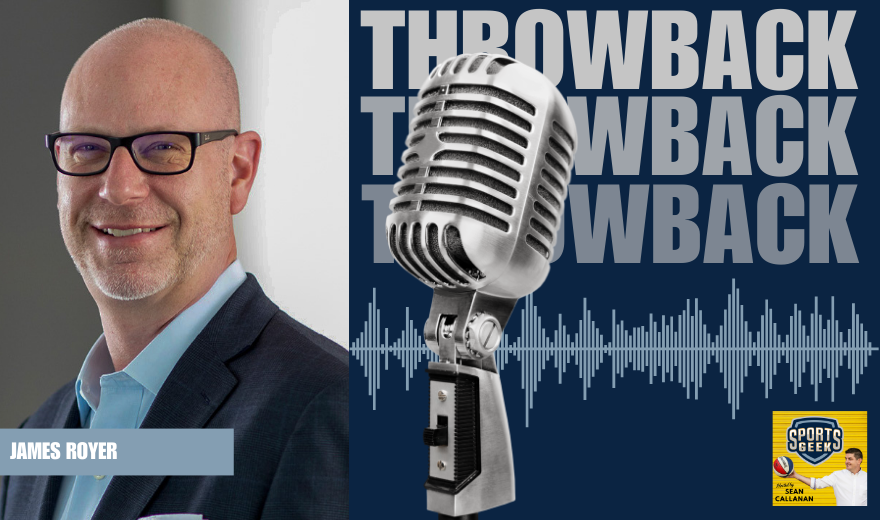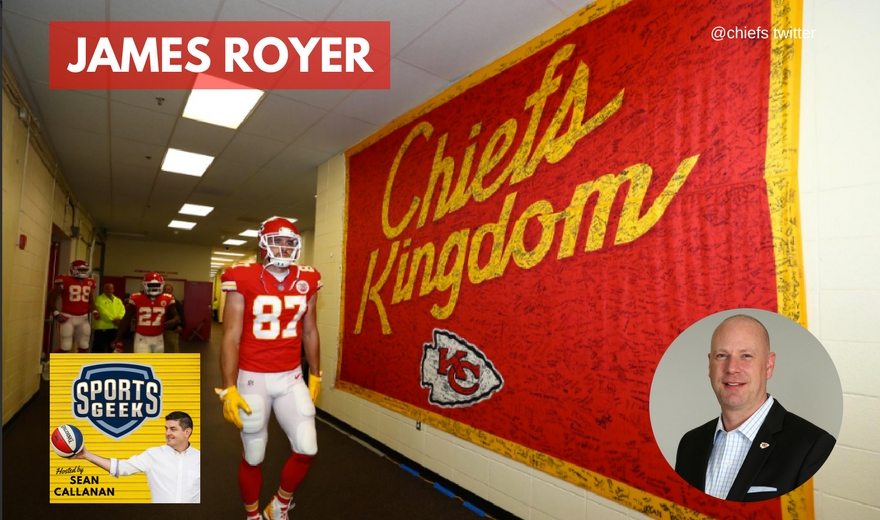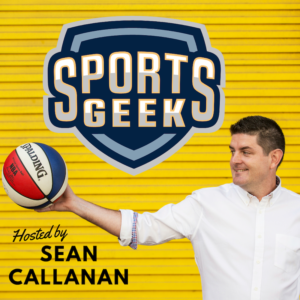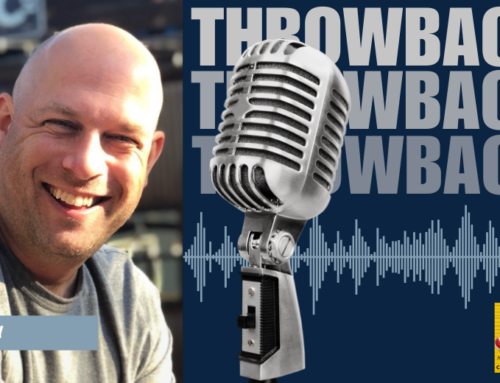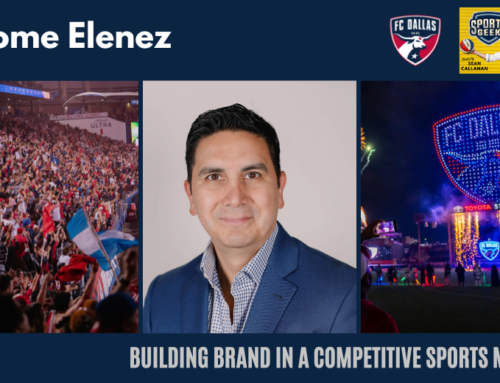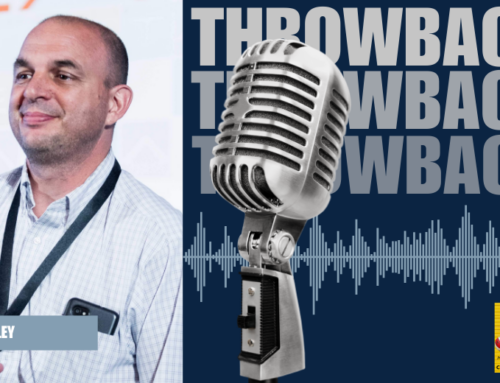This transcript has been lightly edited by AI
Sean: So, from an individual pieces perspective, are you always testing different types like square images or images that have a little bit of flair? For example, the graphics that have a slight twist to make them look like movies. They're working well on Facebook and they also catch the eye to stop people scrolling. What things are you doing that you're saying are working? What do you look for to say, yes that did work, we're going to try it again and try to double down on it or then try it on a different platform? How does that process work for you guys?
James: Yes, I think we'll start with video. Just one thing we learned was that now the NFL has guidelines around video usage and what we can do from platform to platform. So on Twitter we can utilize the highlights within Snap to Whistle within Snappy TV, whereas on Facebook we take a different approach. But, what we found out was that if we put video highlights within the first three seconds of the video, it captured attention and our engagement rate increased dramatically. Those who watched the video engaged longer and watched the video for longer. Whether it's a sit-down interview or whatever it might be with a player or coach, just mixing that first little bit was a very strategic move. We really analyzed it and said, hey, that was something that really resounded. We also did this because there's been a shift. Video has undergone a lot of big changes in the social space since 2013. We see that video views per fan were fourth for the NFL and that's pretty significant. We have a really great team here who just has some phenomenal storytelling and a production unit. We won a lot of Emmys every year and we do television shows. But when we started, we shifted from putting stuff on broadcast and then on digital, to developing the best stuff for digital first. And then we may put that in broadcast. That made a big difference as well.
Sean: Yeah, that is a focus. The thing is that the first 10 seconds is so important. We all know that Facebook counts a view in three seconds. But more advertisers and brand people are asking what the 10-second view is. And if you're looking at it, you really should be diving in to look at what's the average view time. It's really important what that first 10 seconds is because it will actually extend it. Because if it's a warm up and people are scrolling, you've got to stop them. So, I think it's really important. When I'm talking to video creators, I tell them to get into the mentality of diving into those stats. Whether it's looking at the individual video stats to see how it's played out and then looking at the differences of the audience demographics of who has watched. What does the audience demographic look like that watched 10 seconds? What does the audience demographic look like that watched 95 percent? Because that's really important. If they're just doing a certain video for a certain audience all the time, it's really hard to get that real breadth of audience and depth of audience which you want with your video.


